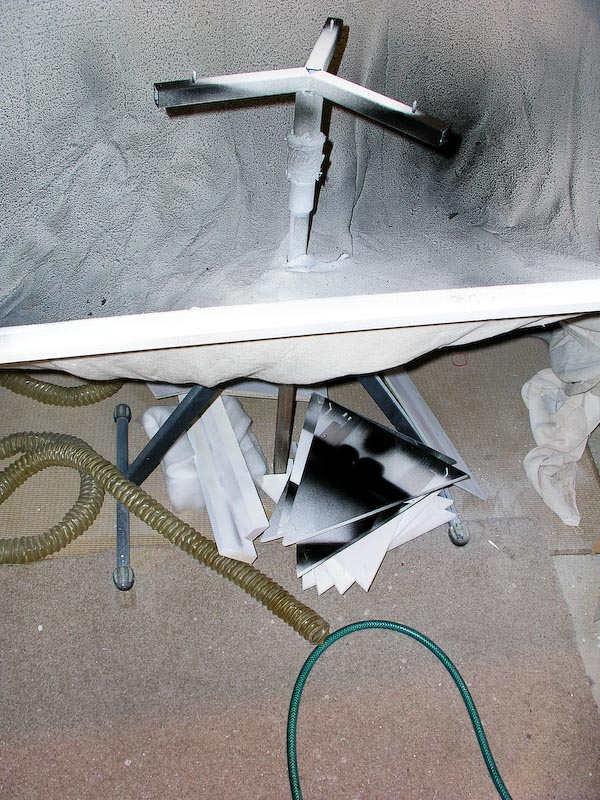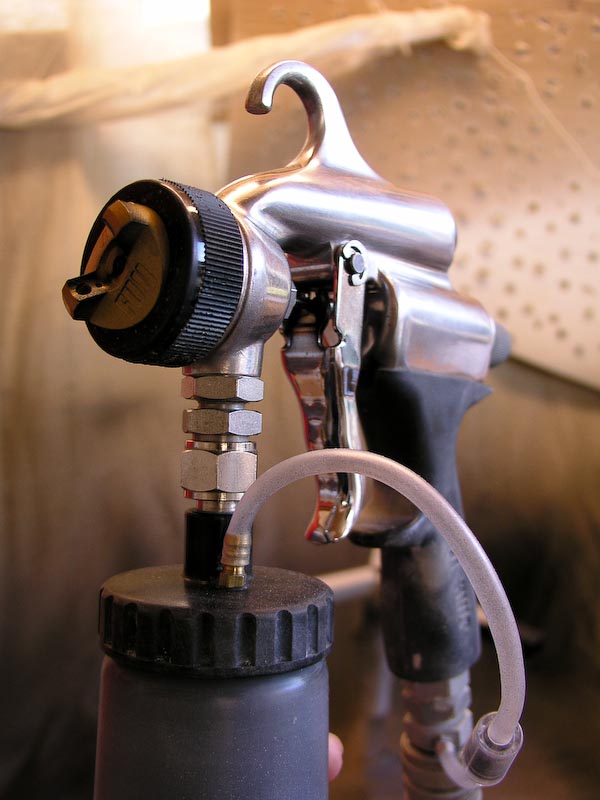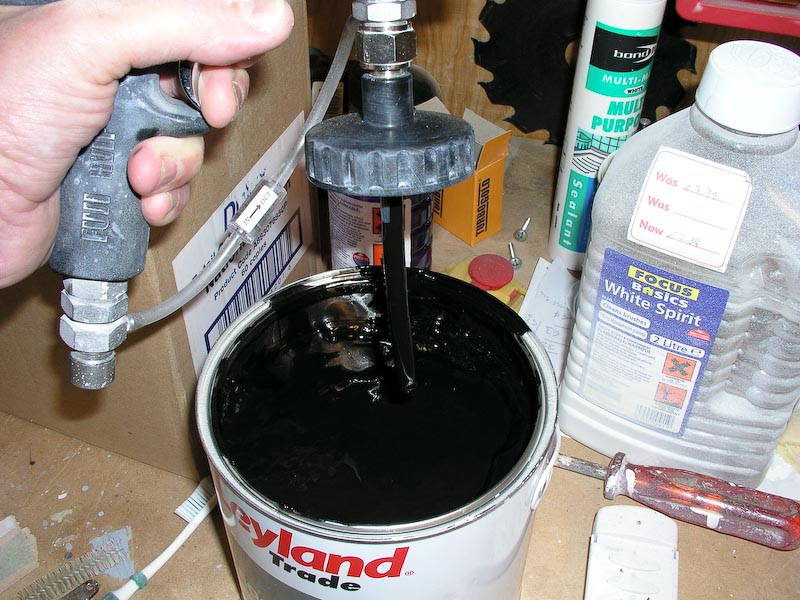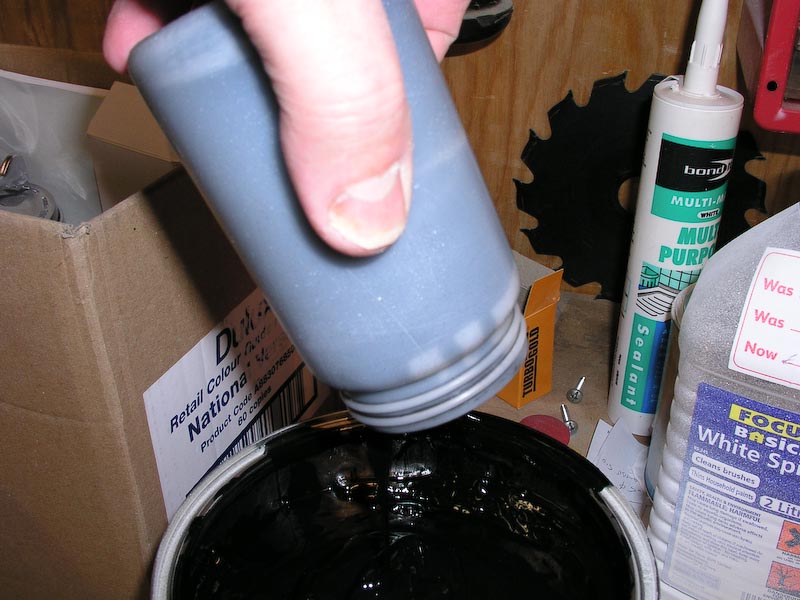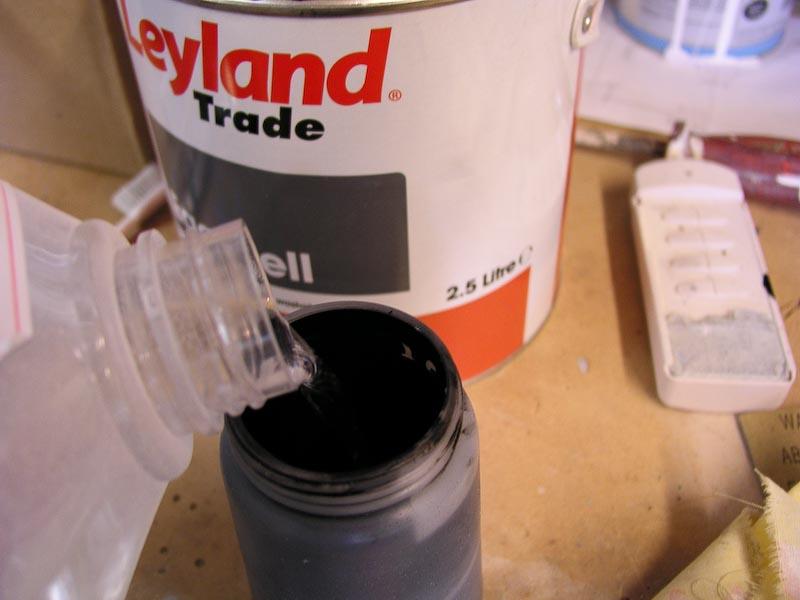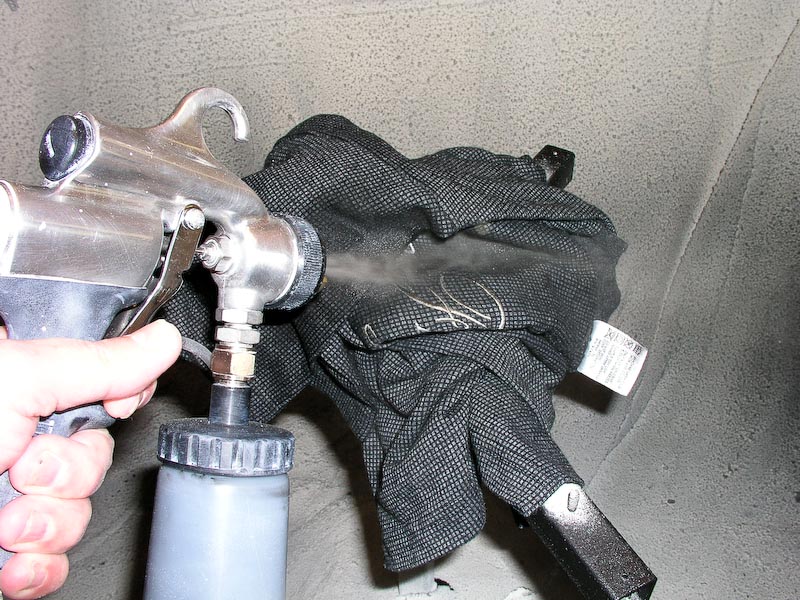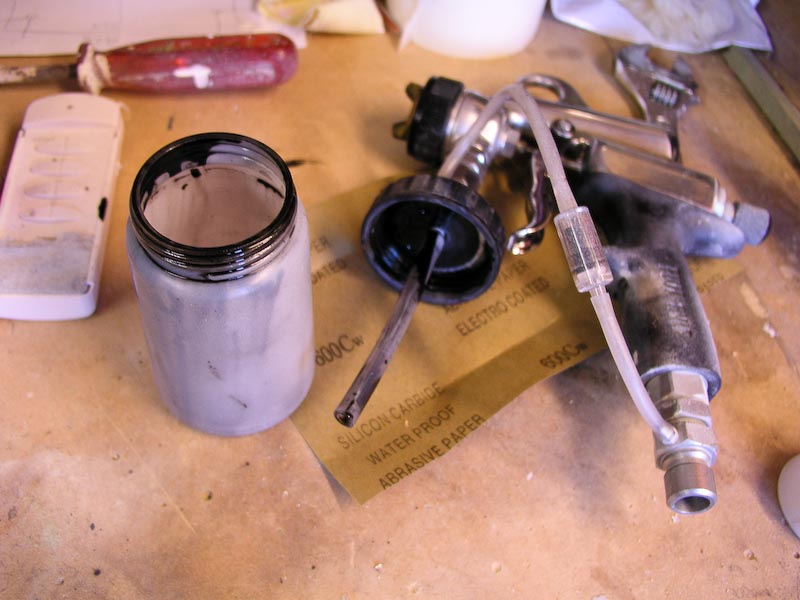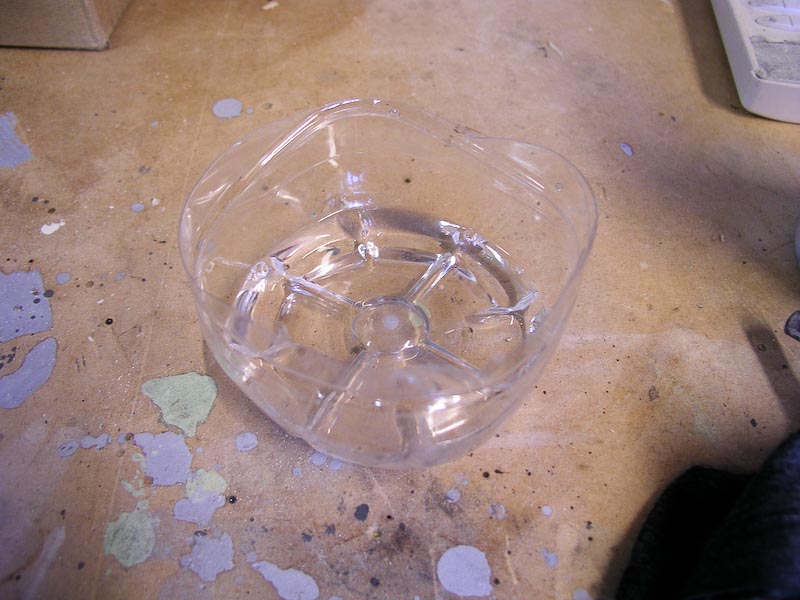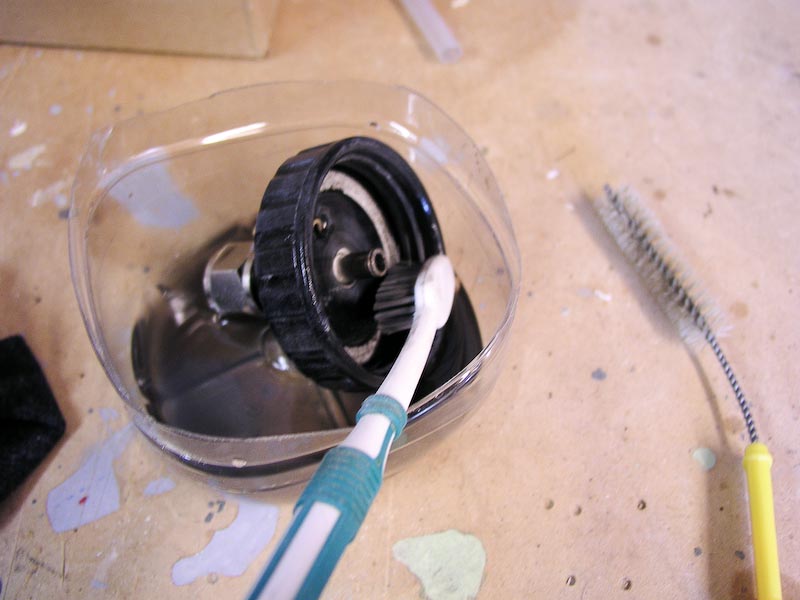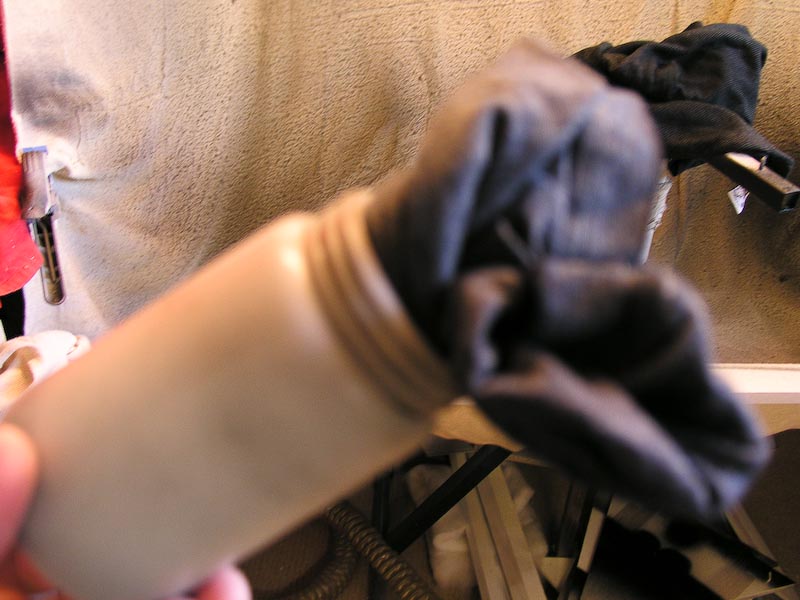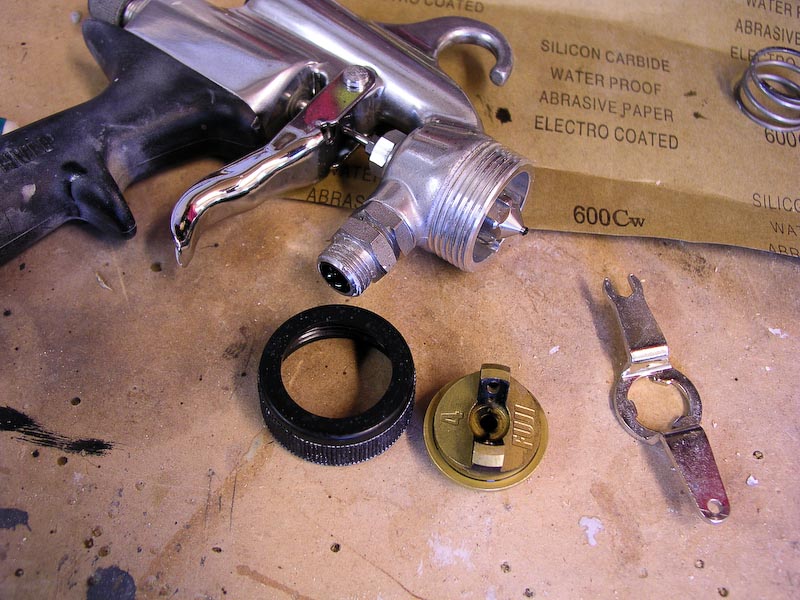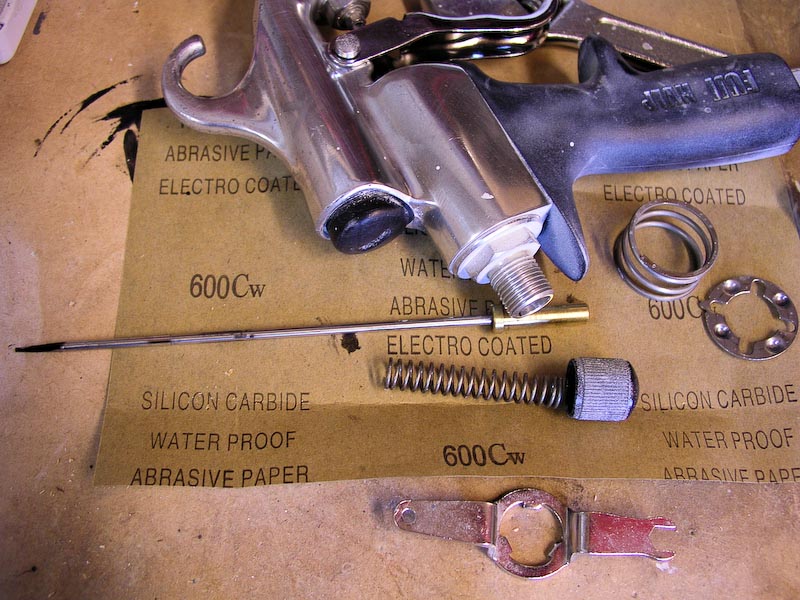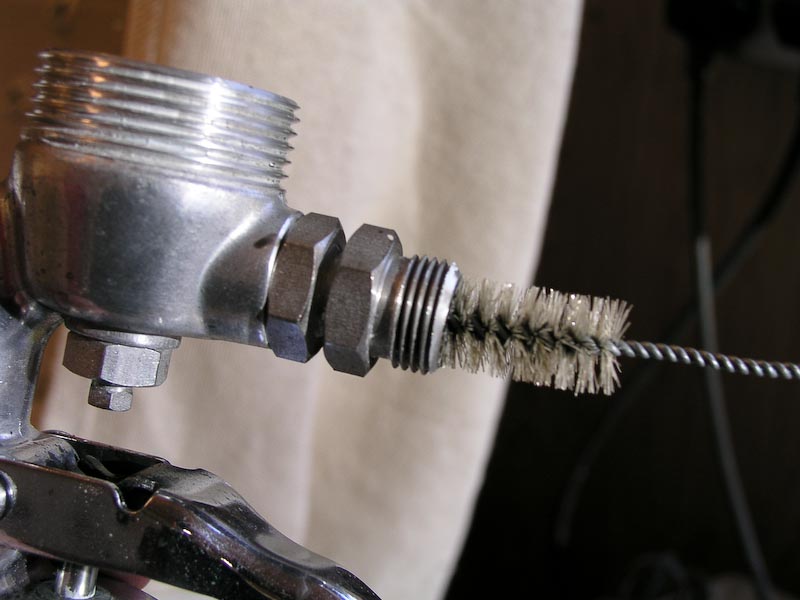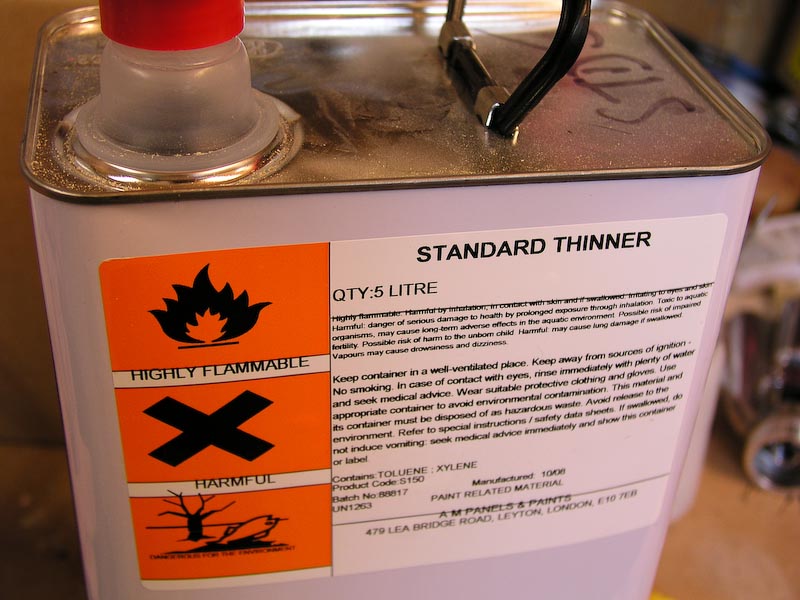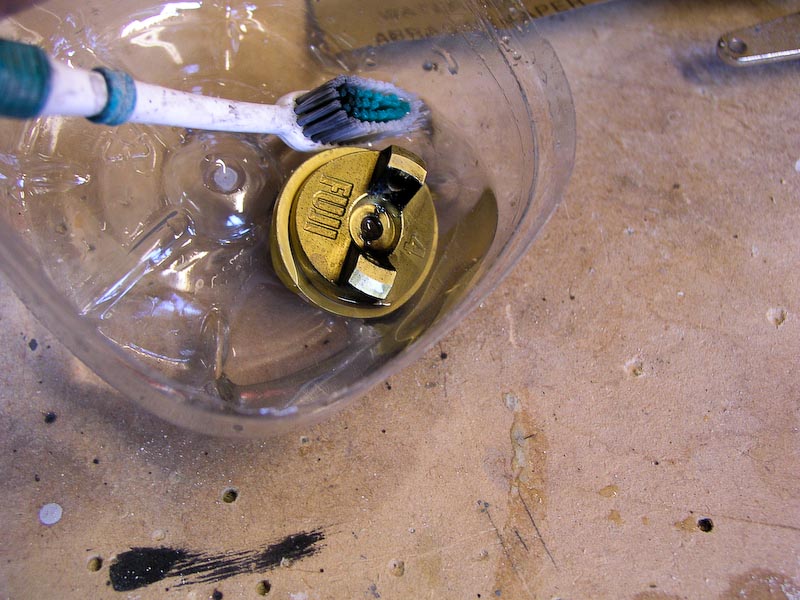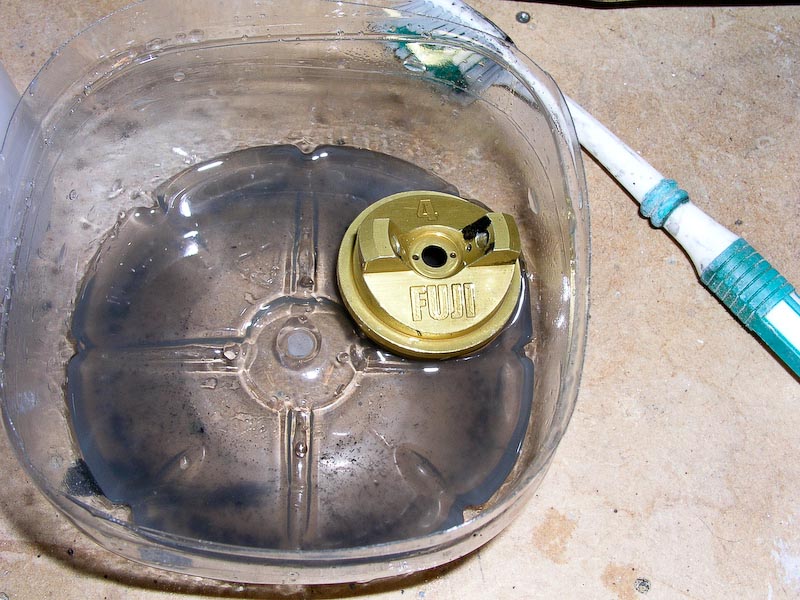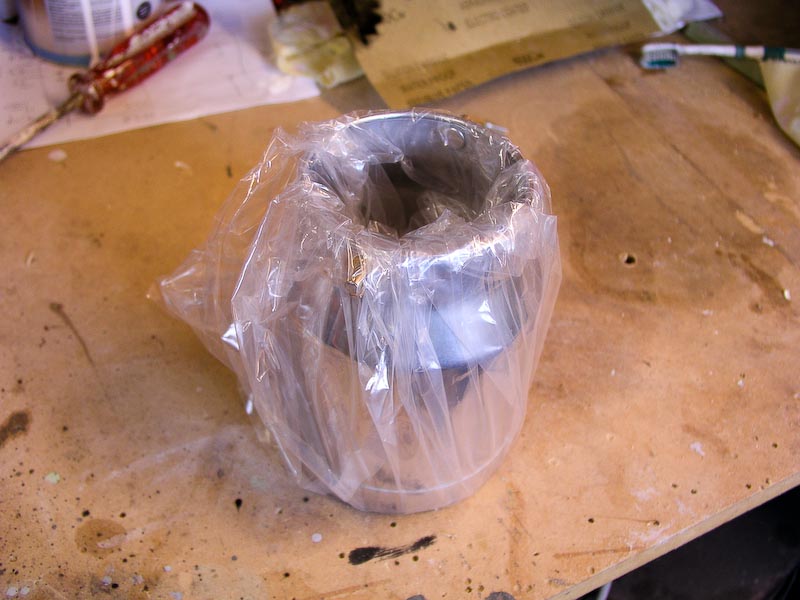Tips based on my experience so far (which is this one job and a test piece I did before the project)....
Use the green moisture resistant MDF not ordinary. MR because the edges cut cleaner and sand up much easier not because of moisture resistance. I don't know what drywall filler is - I just sprayed it with primer.
You need a primer to penetrate the fibres and seal the surface and enough thickness so that when you rub it down you still have sealed surface left. I used Leyland MDF primer because it worked well on the sample I made and painted. When it came to recoat it I found it to be a bit too absorbent and caused little mounds of paint solid that looked a bit like dust spots. These spots mostly levelled out on drying. As said above next time I'd try an oil based primer. To get over the absorbant primer I am giving my doors 1 coat of Dulux trade undercoat before the eggshell.
The fuji can spray paint that is fairly thick and like brushed paint the texture from spraying thick does flow out level. Thick paint does not want to spray so it does need some thinning. I use the seconds cup to measure the viscosity. The primer was thinned with water to about 35 seconds and the top coat thinned with white spirit to slightly less - about 33. It is easier to get a good finish when the paint is thinned correctly. The right amount of thinning is when it sprays well but still has enough body to cover. Don't take my numbers as being right for you. You need a lot less thinner to go from 40 seconds to 35 than you do when the paint is thicker so be careful when the mixture is near to how you want it.
Thinned paint or primer does not seem to stay well mixed when left unused. I have a lidded plastic 5l container that I mix in and return any unused paint to it from the gun and give the pot another mix with a paint stirrer on a battery drill before starting work. i don't clean the gun - just refill it with freshly stirred paint.
Get some fine disposable paint filters and whenever you fill the gun strain the paint into the cup. I got 50 from ebay seller 'hugspaints' and they seem fine.
If you have never sprayed before spend a few days practising first. I have sprayed before but not HVLP so I painted all the cupboard doors in my workshop as a learning job. Getting an evenly applied WET film without sags or runs (from putting too much on) is what you are aiming for.
Make some jigs to make life easier with handling and access. I made a turntable and some stands and they have been great.
Spraying Oil based you need a good mask. I use a half mask respirator with a carbon filled 'organics' cartridge filter and can't even smell the paint. Pinch your nose after spraying oil based - any stickyness and your mask isn't working right.
Technique is down to practice and being methodical. Getting into a routine means you always end up with 4 edges painted and not 3.
Have plenty of old T shirt type rag handy and thinner for cleaning.
If you do completely screw up a panel you can always put some solvent on a rag and wipe all the wet paint off.
Dried paint around the gun nozzle comes off easy with cellulose thinners as used with car paints but don't let it near anything else

The gun has a top suspension point so have something with a hook sticking out handy so you can put it down without danger of it falling over.
Tack cloths are good but not essential. Having a dust free surface is essential. I have some cloths so I use them but a dry hand and air blown from the gun is pretty efficient at shifting dust plus you get to feel any imperfections.
Don't use any hand creams or barrier creams as your fingerprints may cause problems then.
Edited after thought tips..
Start spraying with the paint flow knob screwed in so there is next to no paint coming out. then unscrew until you get a flow you can cope with. If it is still difficult to control try reducing the air flow slightly with a tap in the air line.
Light - you need to be able to see what you are doing. Spraying say white onto white is hard to see. Wet paint reflects so if you have light arranged to reflect off the work piece at you, you can see what is painted and what isn't.
I'm off for another days paint spraying. If i think of anything else I'll add it




































